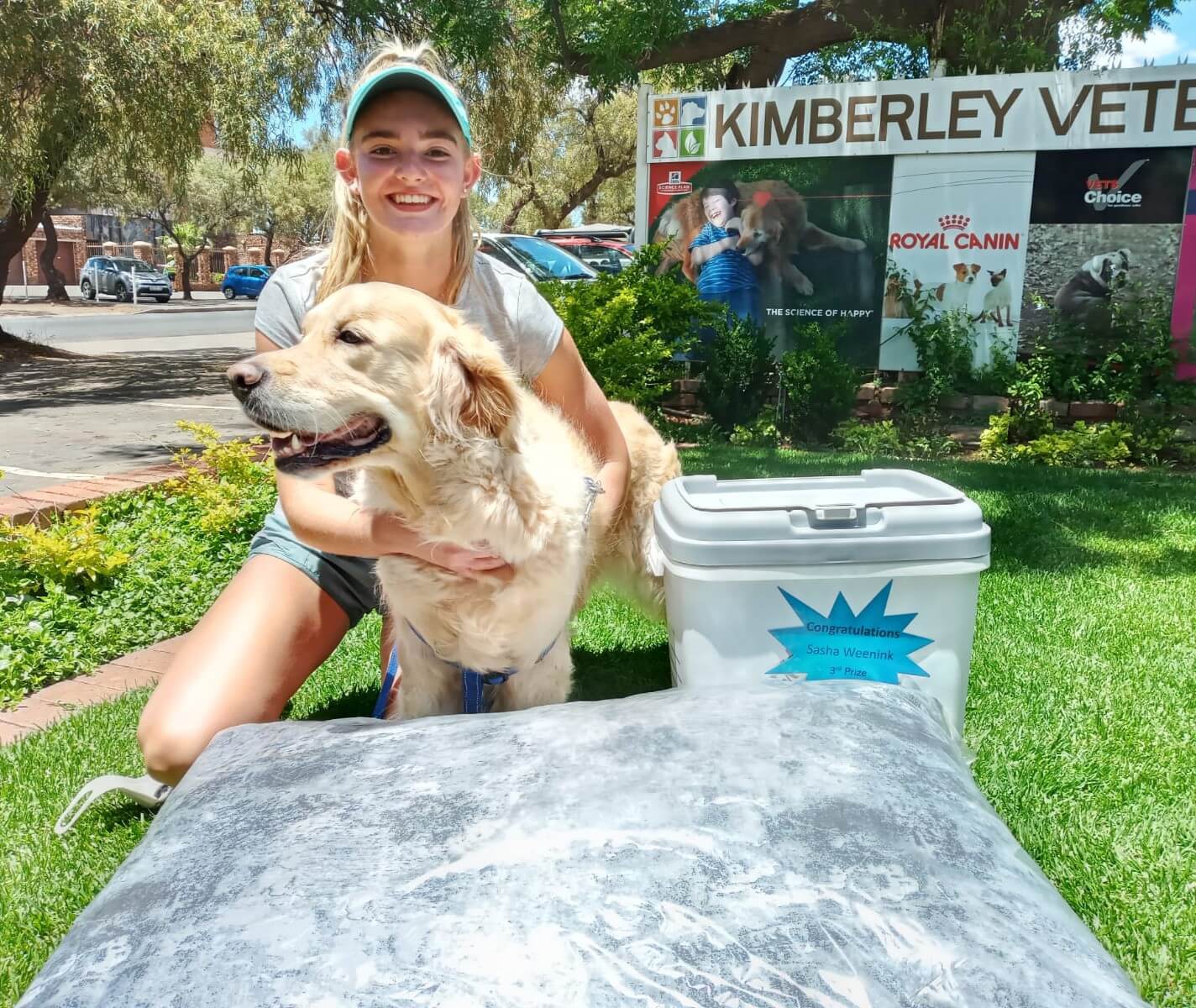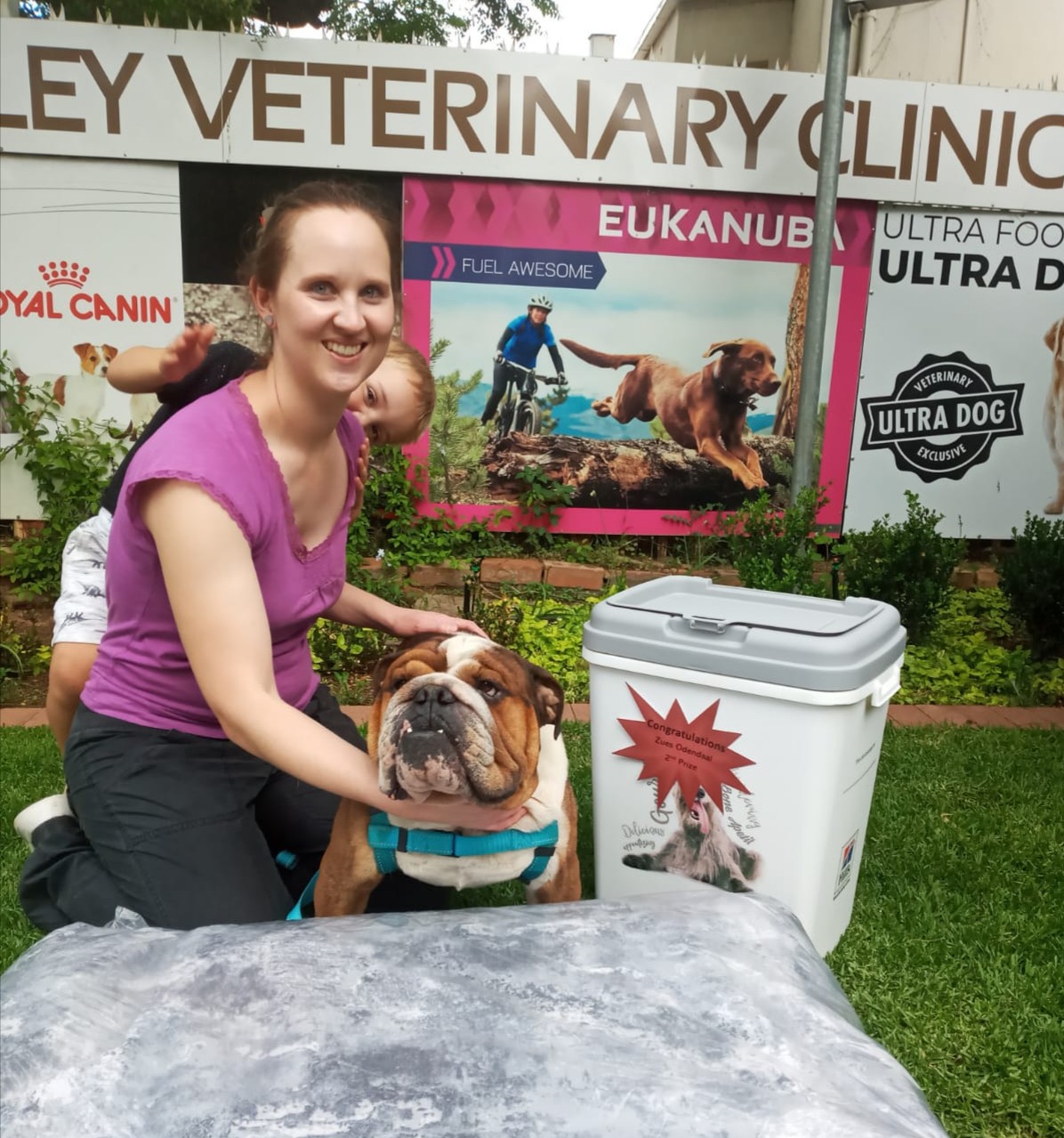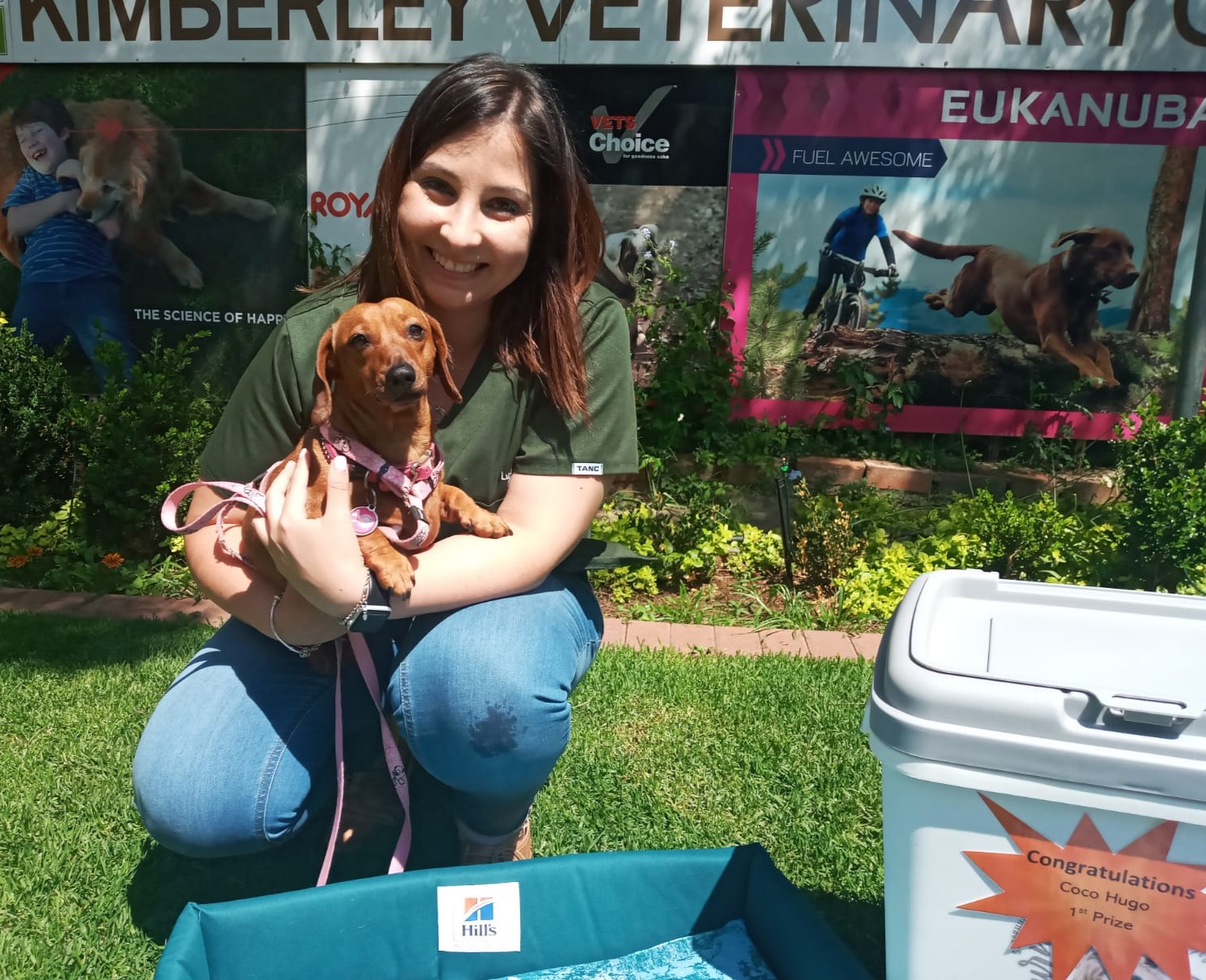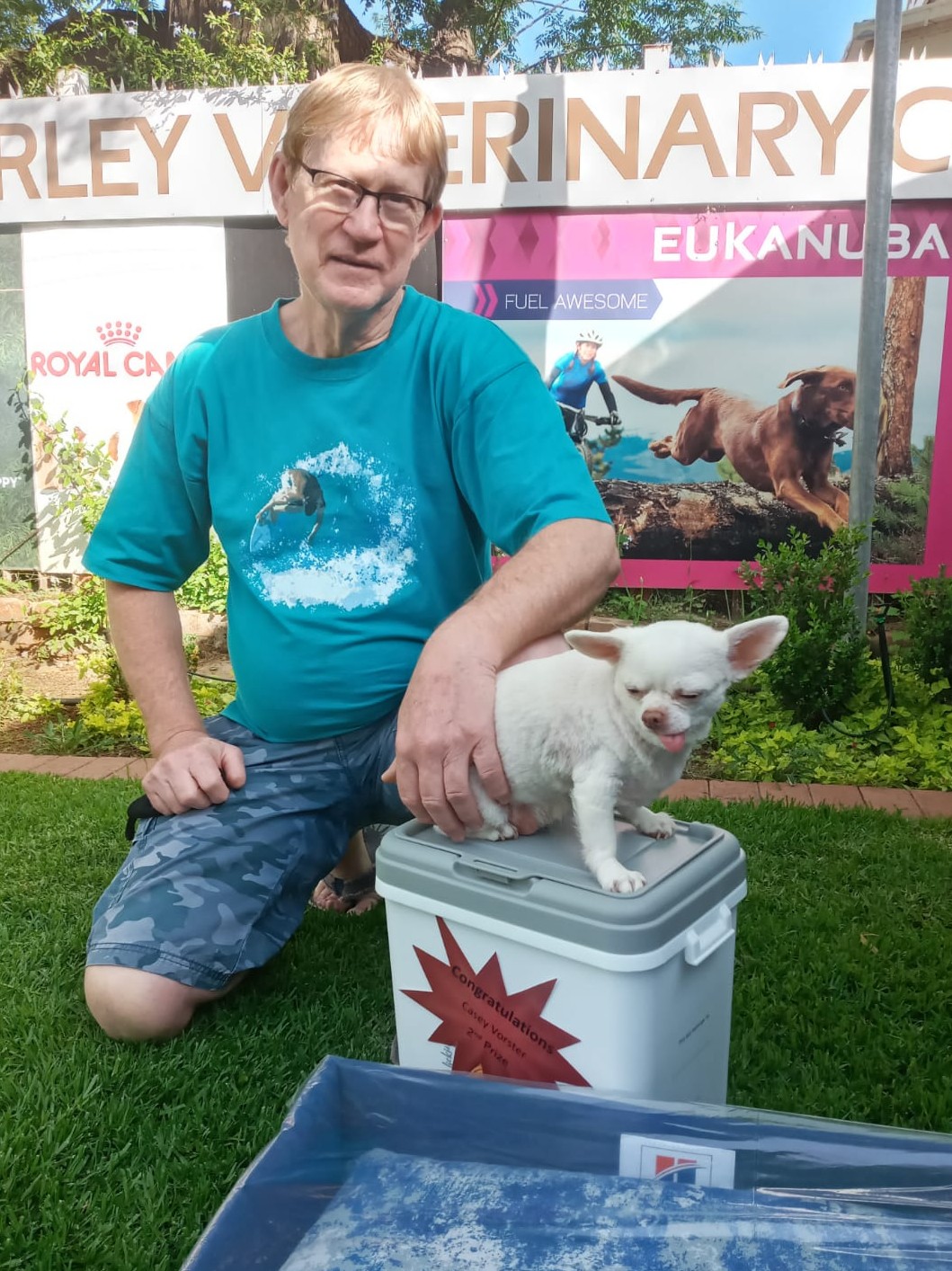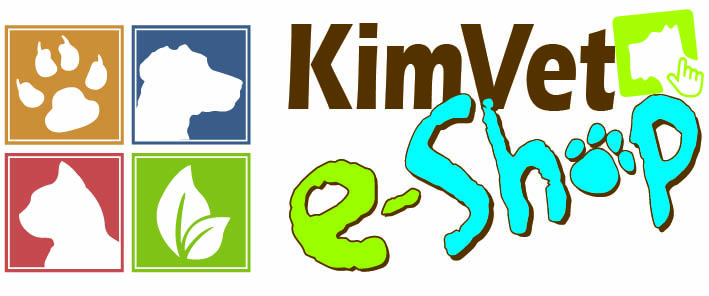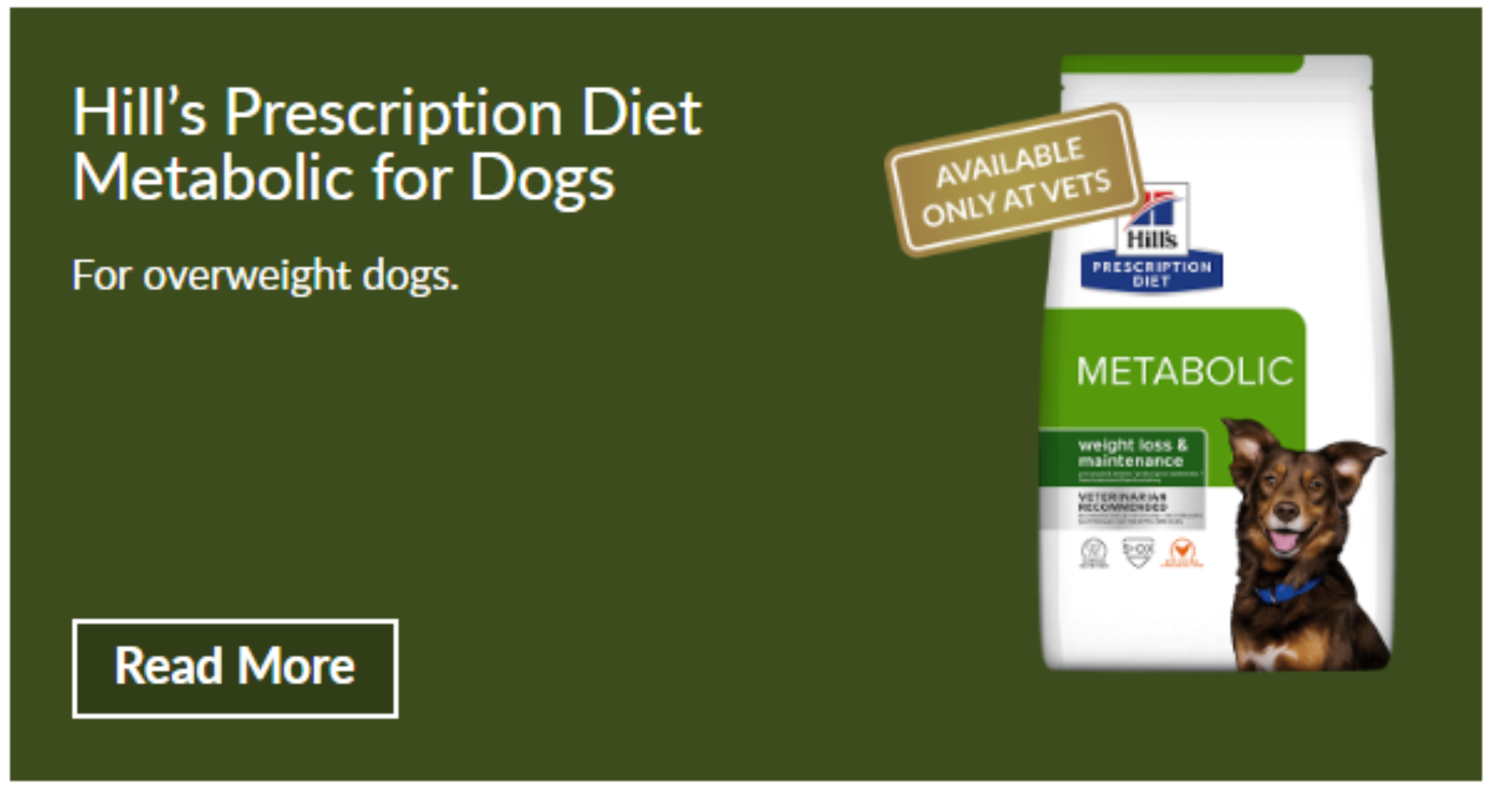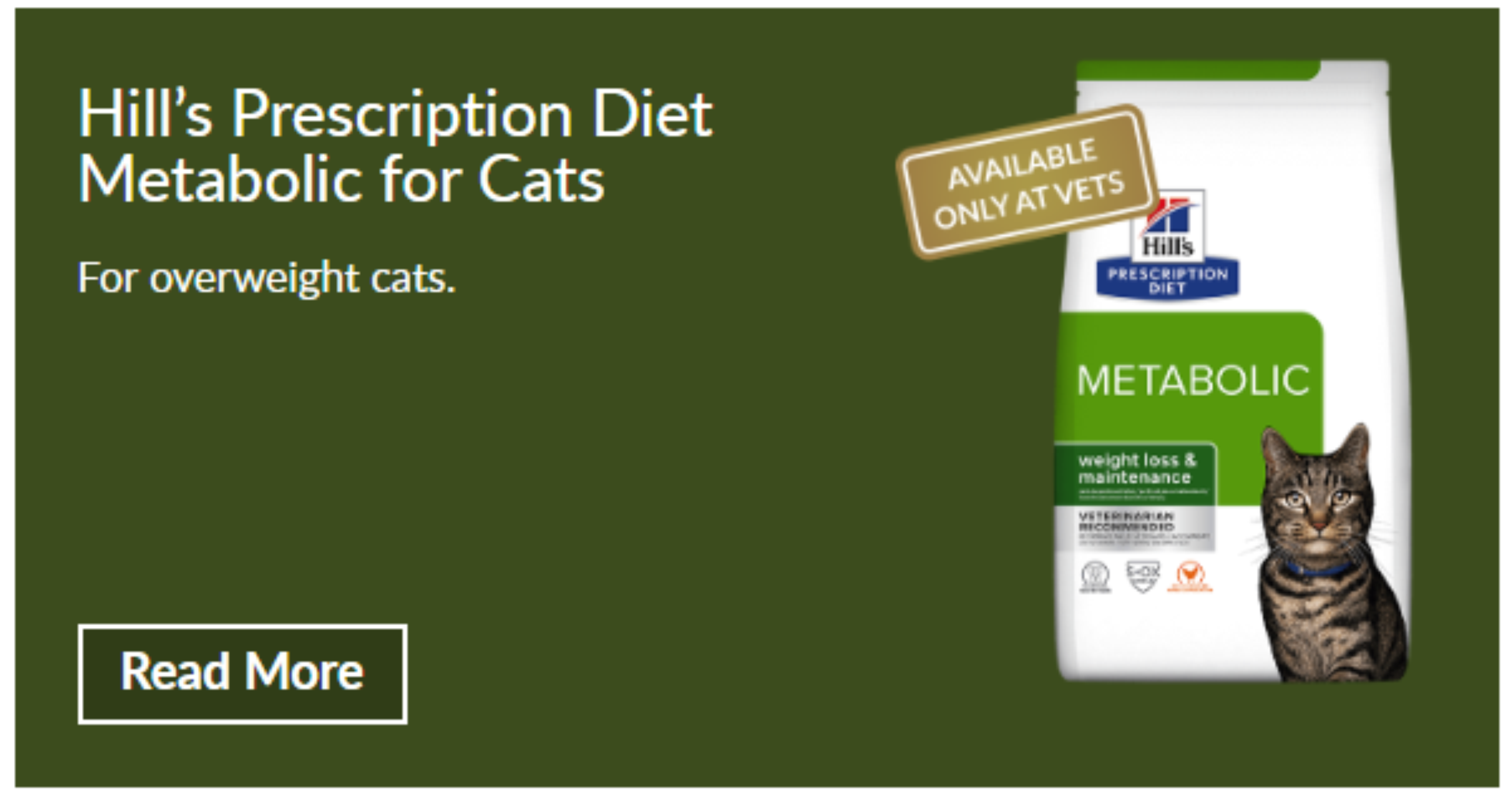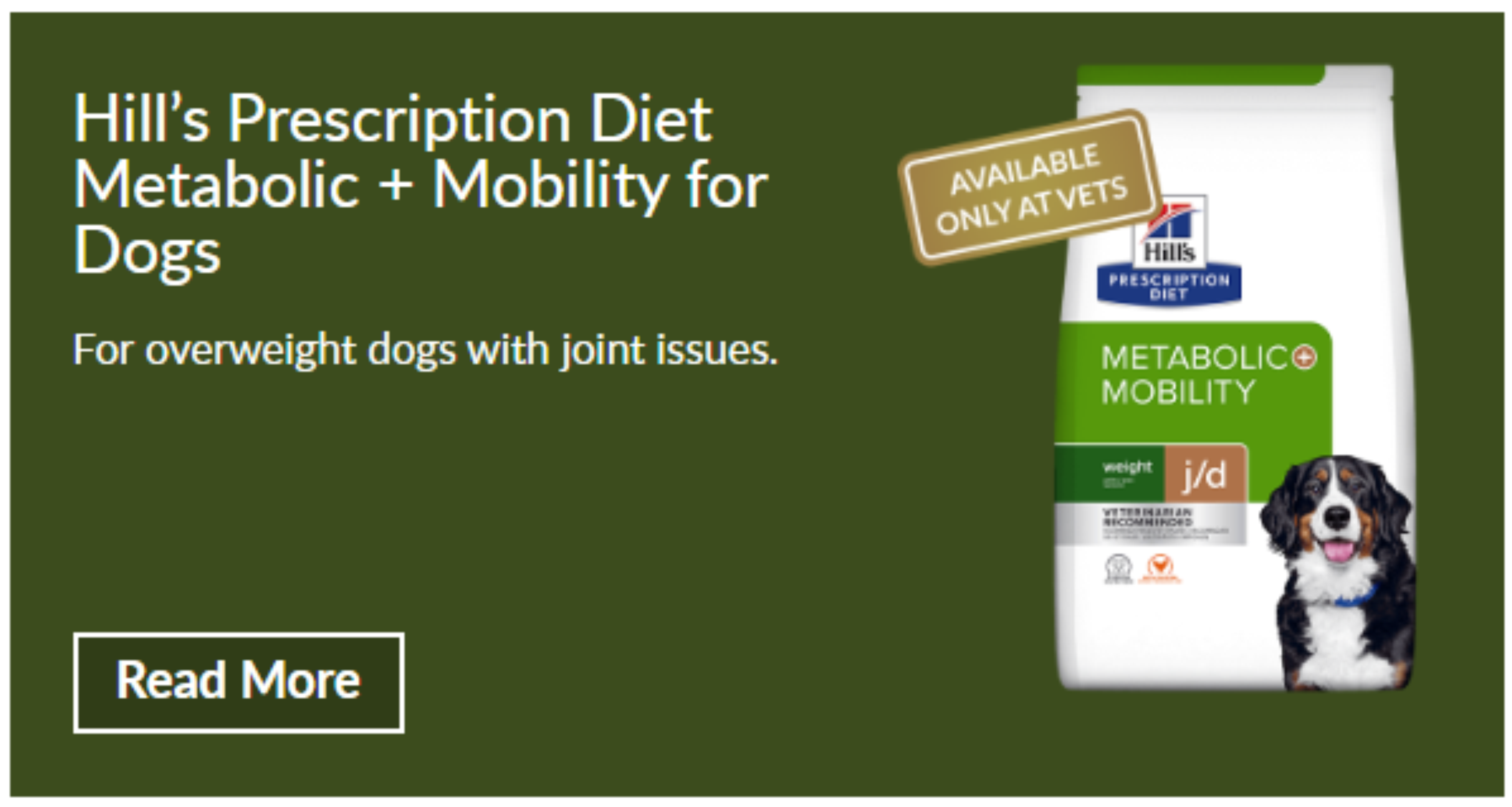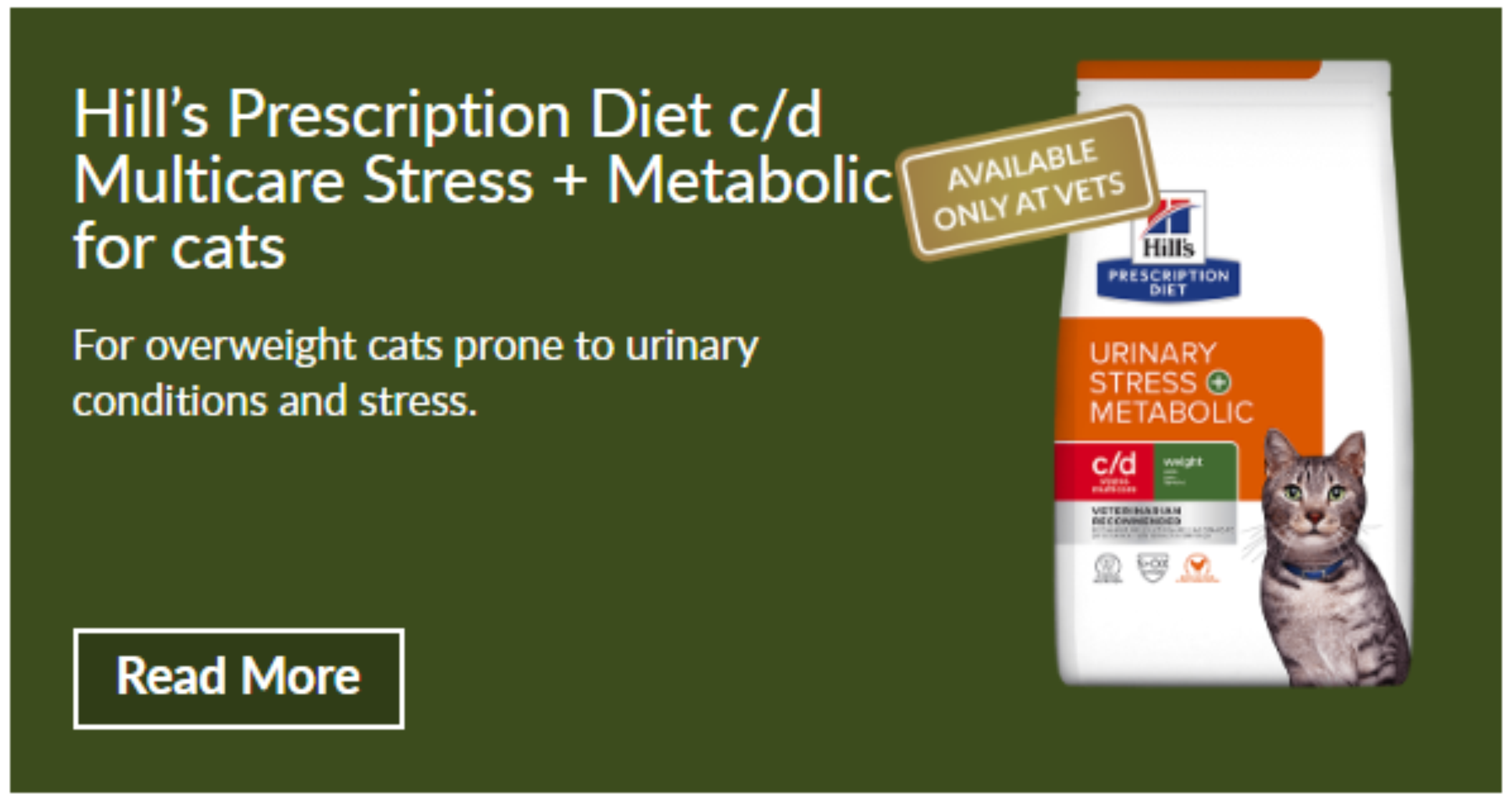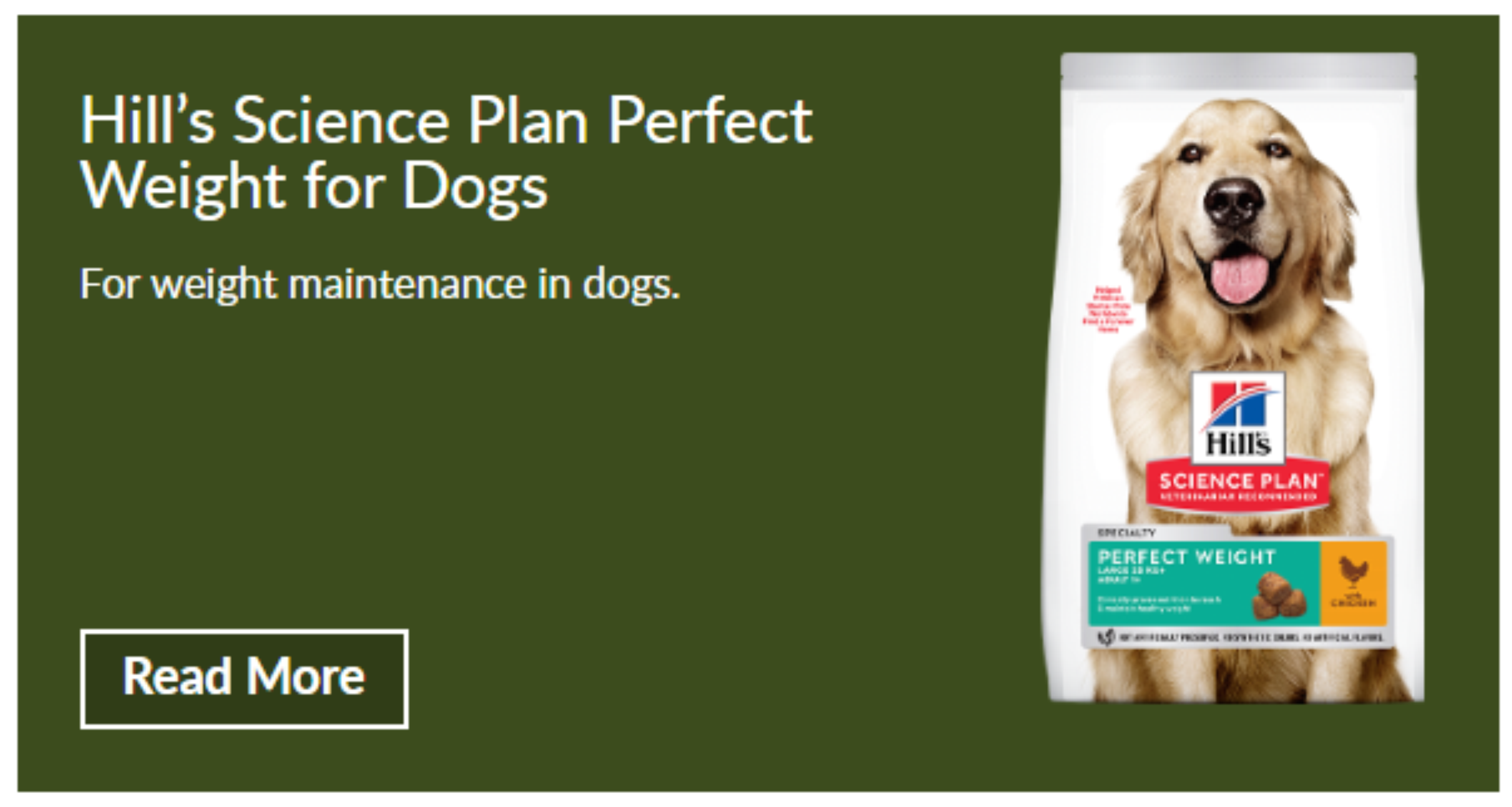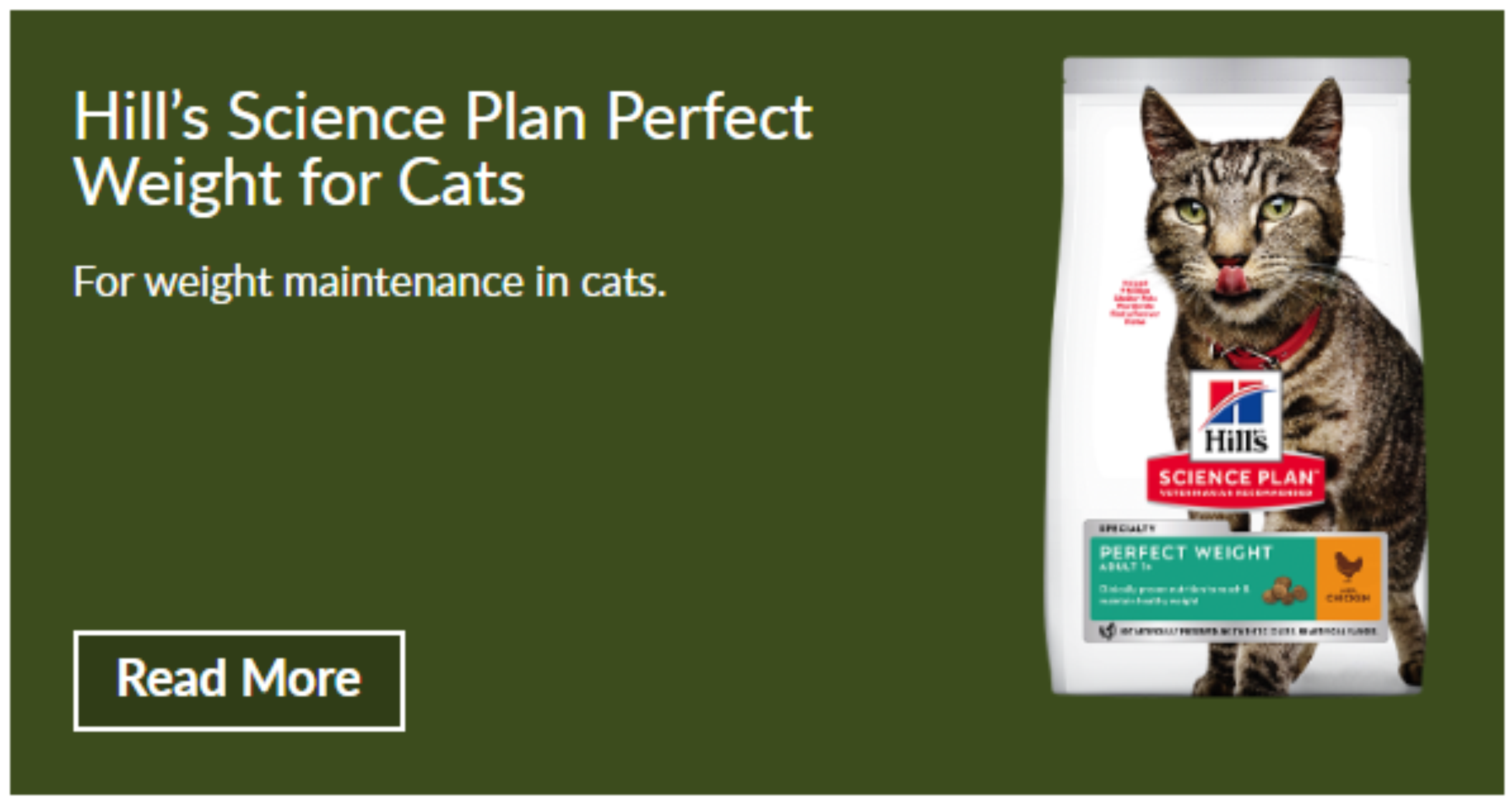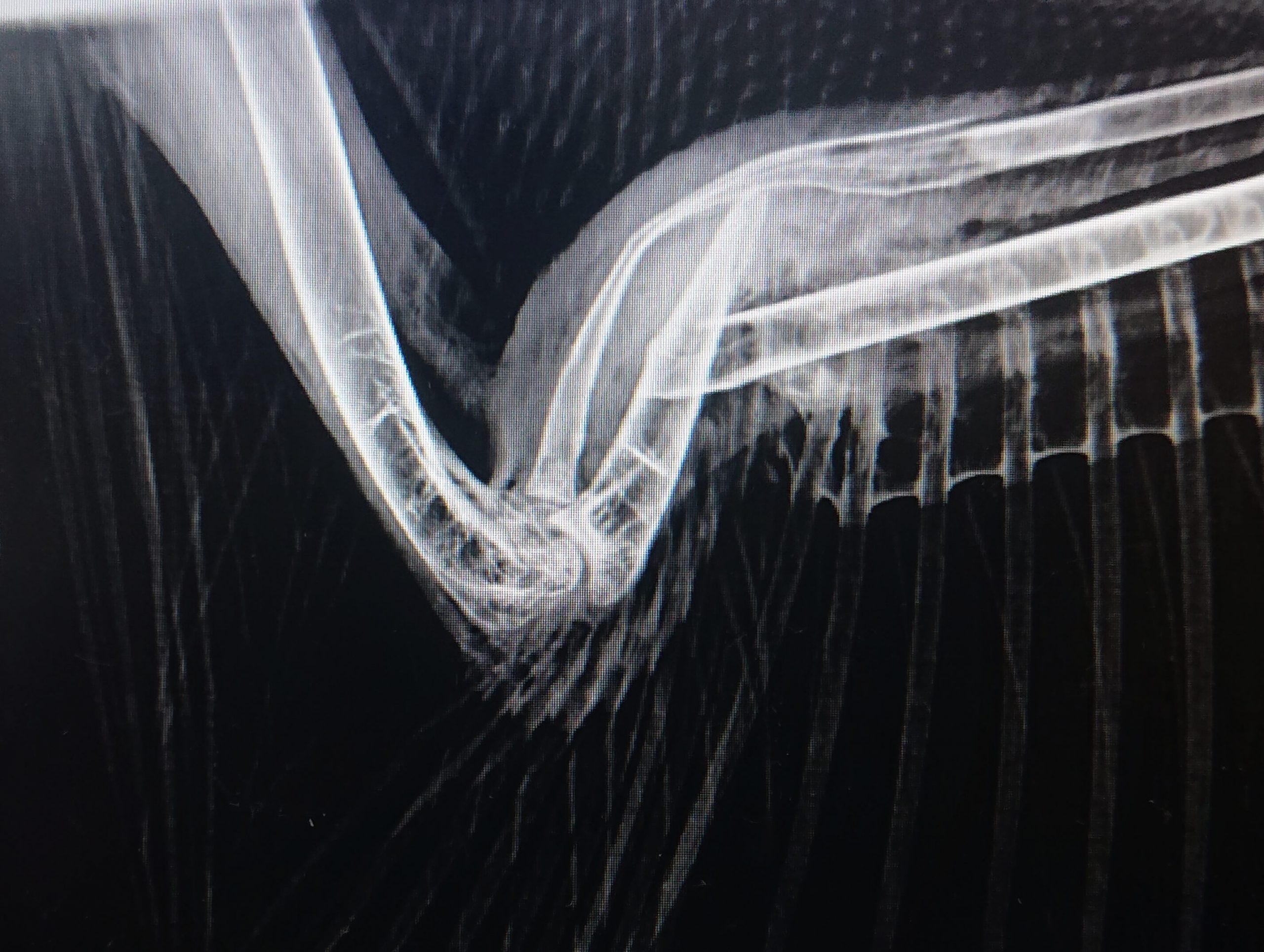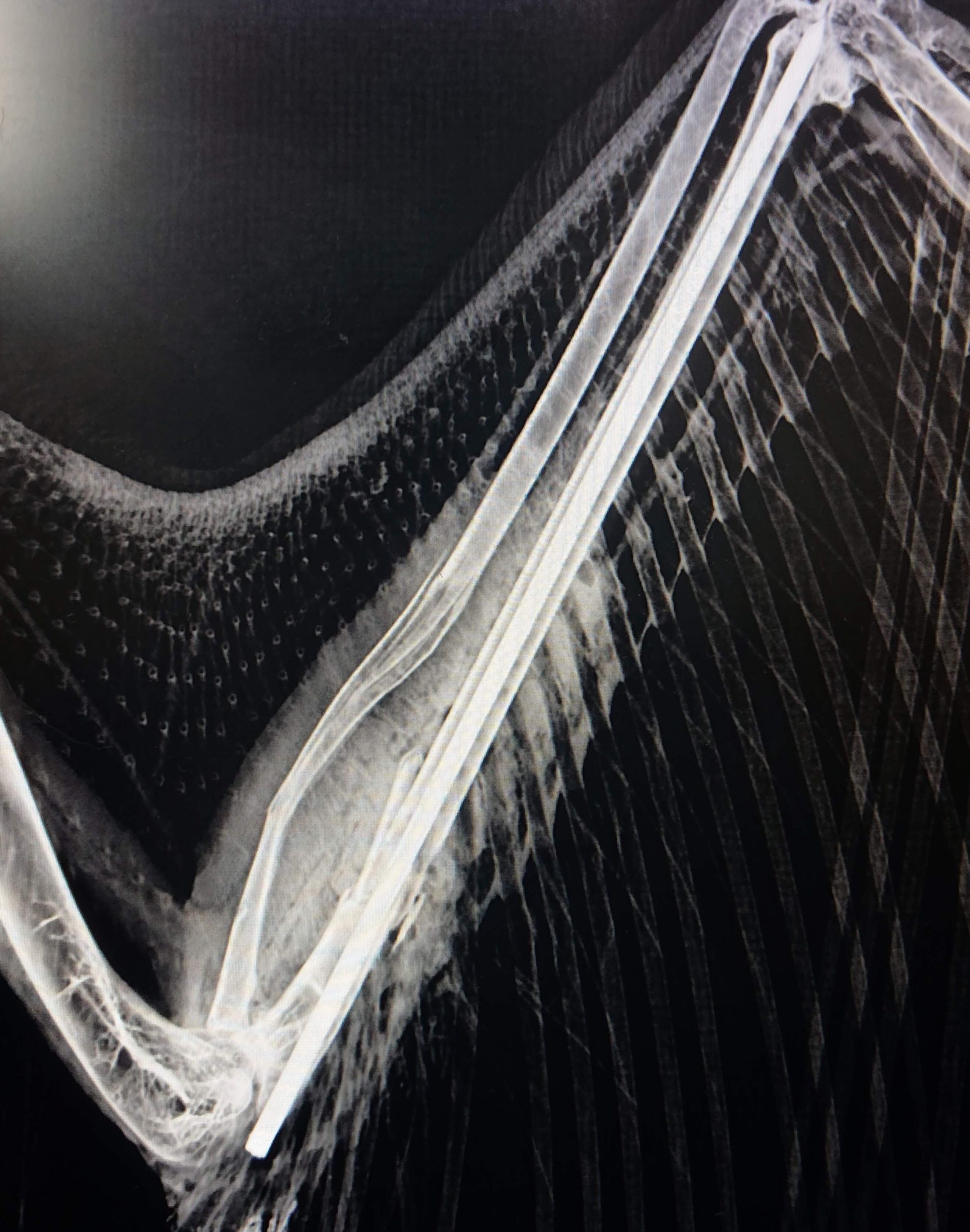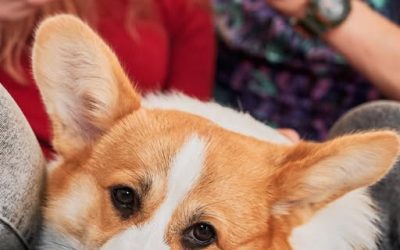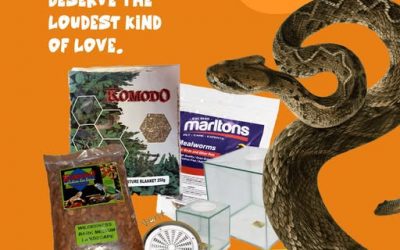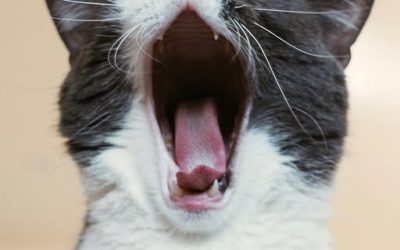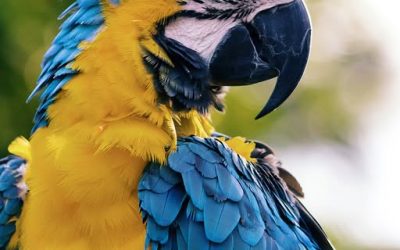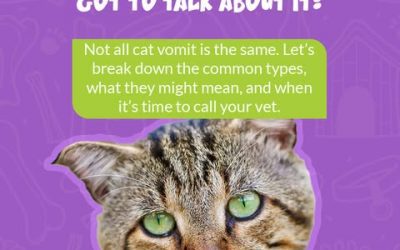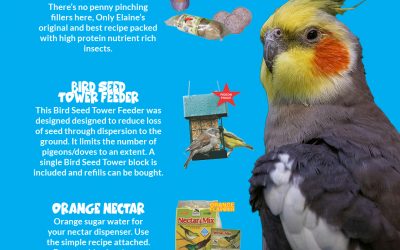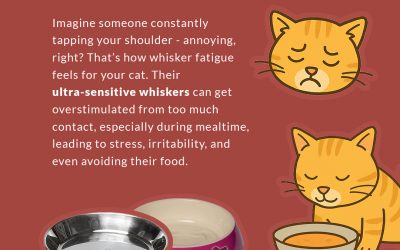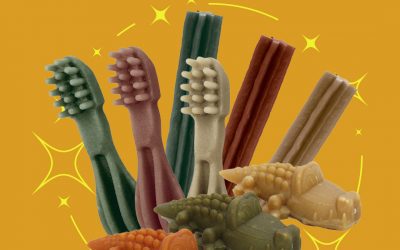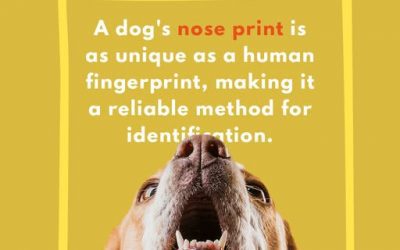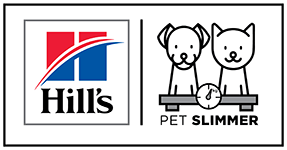
by Glixie Media | Sep 25, 2024 | Dogs, Feel Good Stories, Hill’s Pet Slimmer Program, Kimberley Veterinary Clinic Group, Our Happy Patients, Pet Weight Loss Clinic Services
Showing 1–12 of 106 results
-

Puppy Yorkshire Terrier 1.5kg, Dogs Food, KimVet e-Shop, Royal Canin
Rated 5.00 out of 5
R306.92
-

Adult Senior Ageing 12 Years, Cats Food, KimVet e-Shop, Royal Canin
Rated 5.00 out of 5
R112.11 – R800.38Price range: R112.11 through R800.38
-
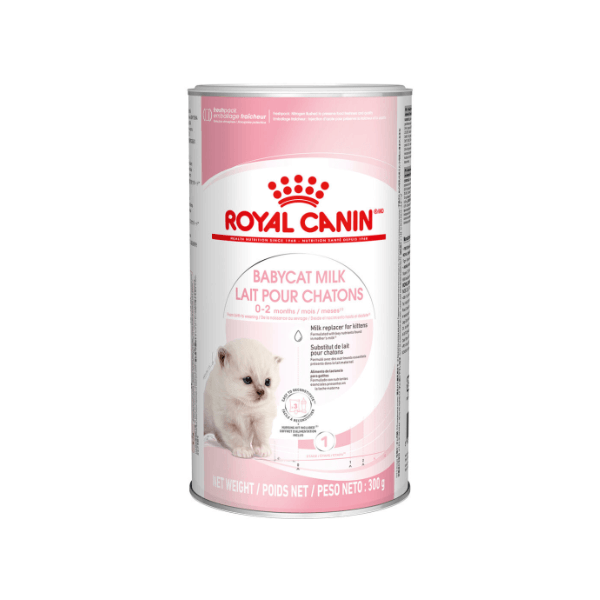
Kitten Babycat Milk 300g, Cats Food, KimVet e-Shop, Royal Canin
Rated 5.00 out of 5
R429.14
-

Adult Savour Exigent, Cats Food, KimVet e-Shop, Royal Canin
Rated 5.00 out of 5
R115.68 – R1,638.95Price range: R115.68 through R1,638.95
-

Adult Hairball Care, Cats Food, KimVet e-Shop, Royal Canin
Rated 5.00 out of 5
R504.77 – R881.92Price range: R504.77 through R881.92
-
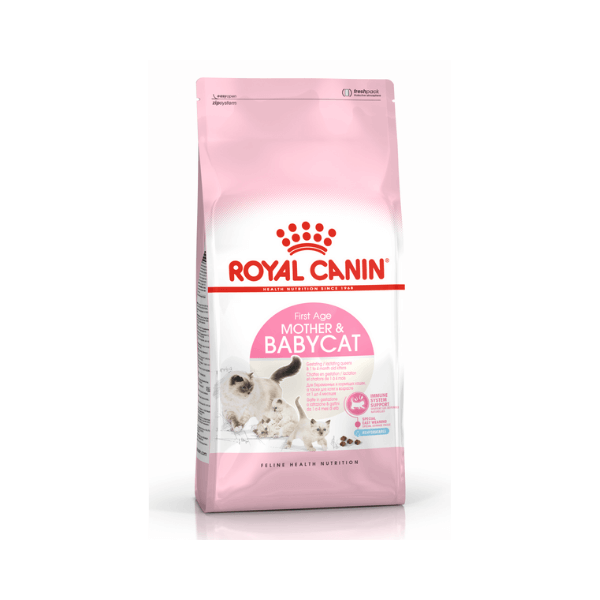
Kitten Mother And Babycat, Cats Food, KimVet e-Shop, Royal Canin
Rated 5.00 out of 5
R106.46 – R790.20Price range: R106.46 through R790.20
-
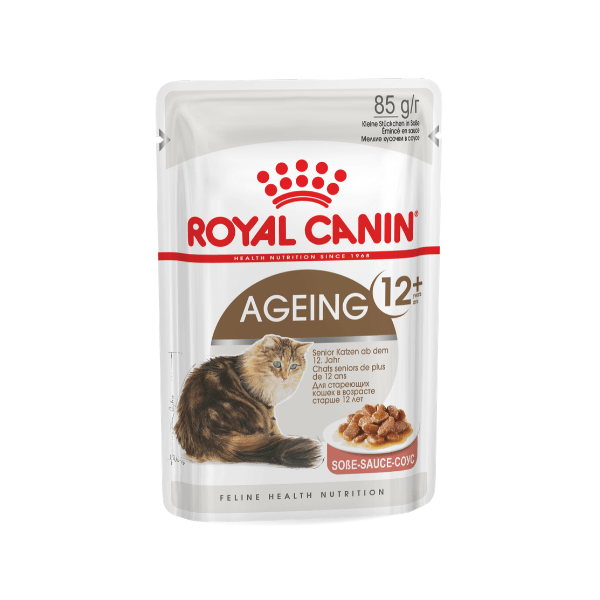
Adult Senior Ageing 12 Years Gravy 85g, Cats Food, KimVet e-Shop, Royal Canin
Rated 5.00 out of 5
R24.16
-

Kitten Mother & Babycat Mousse 195g, Cats Food, KimVet e-Shop, Royal Canin
Rated 5.00 out of 5
R43.21
-
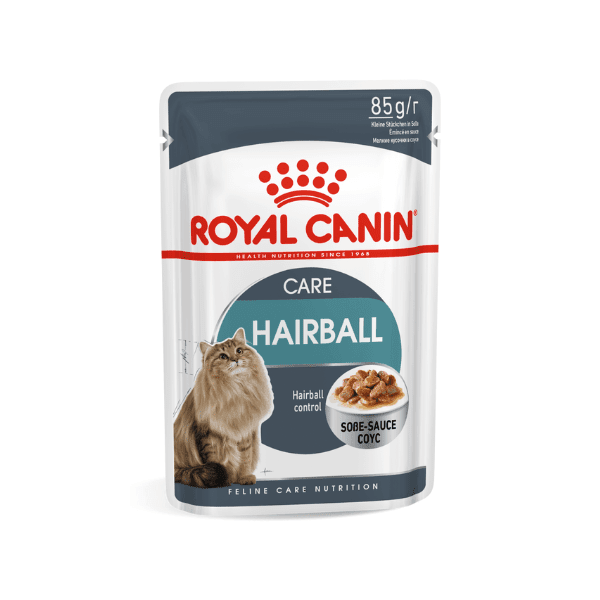
Adult Hairball Care Gravy 85g, Cats Food, KimVet e-Shop, Royal Canin
Rated 5.00 out of 5
R24.16
-
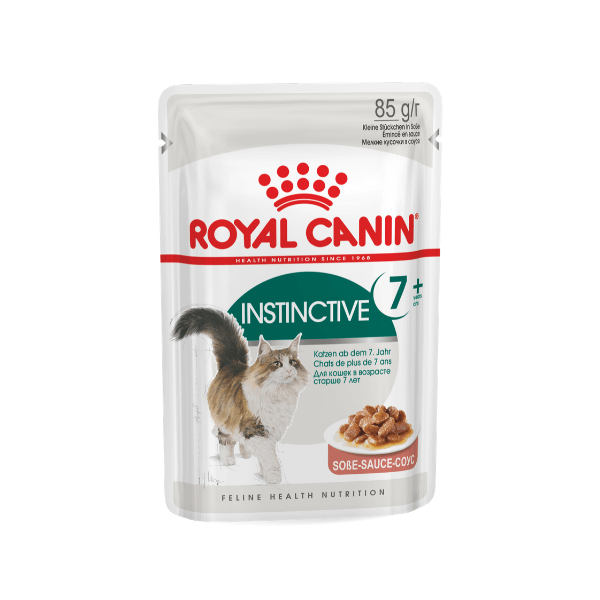
Adult Instinctive 7 Years Gravy 85g, Cats Food, KimVet e-Shop, Royal Canin
Rated 5.00 out of 5
R24.16
-
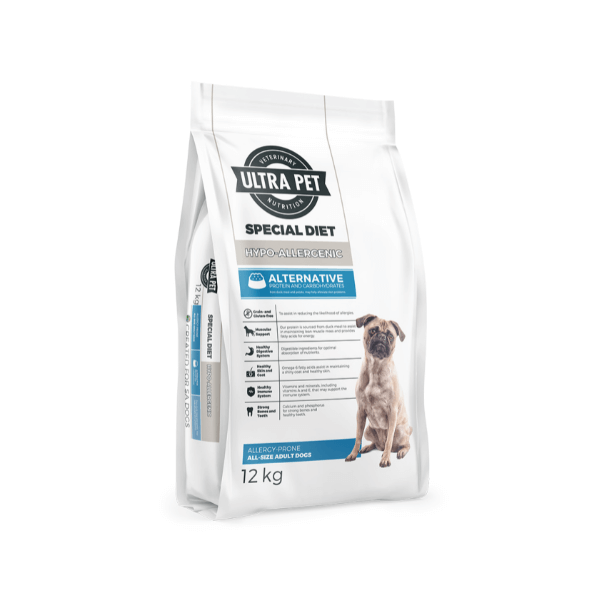
Adult Hypo-Allergenic Special Diet, Dogs Food, KimVet e-Shop, Ultra Pet
Rated 5.00 out of 5
R435.00 – R1,590.99Price range: R435.00 through R1,590.99
-

Adult Joint Health Special Diet, Dogs Food, KimVet e-Shop, Ultra Pet
Rated 5.00 out of 5
R320.00 – R1,125.00Price range: R320.00 through R1,125.00
Like this:
Like Loading...
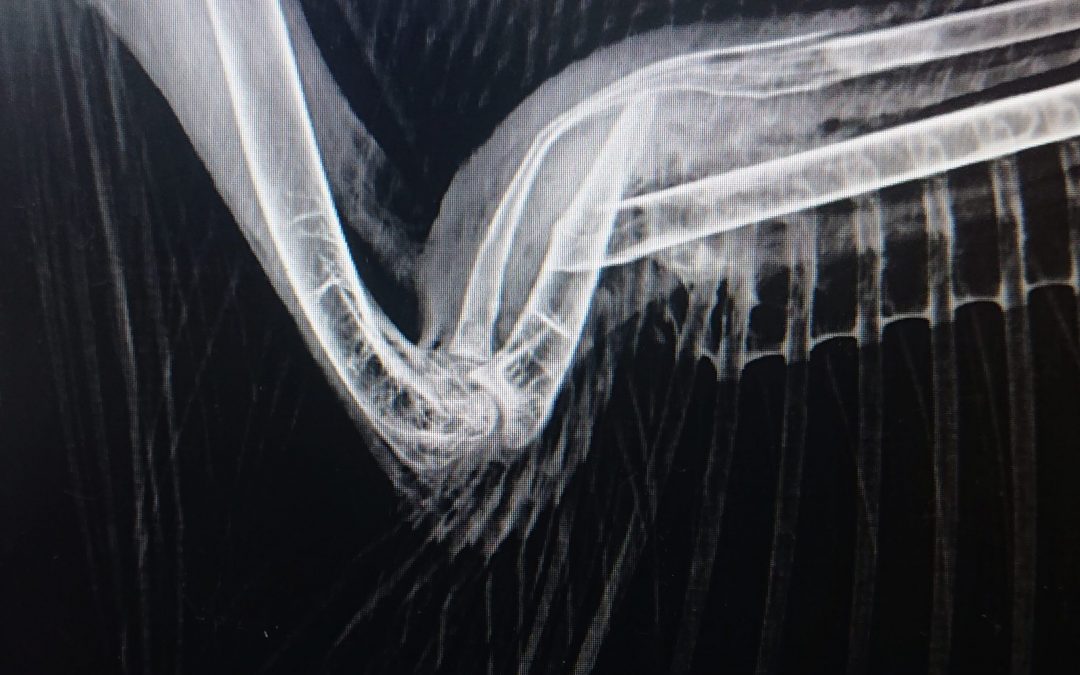
by Glixie Media | Sep 25, 2024 | Feel Good Stories, Fun Facts!, Kimberley Veterinary Clinic Group, Patient of the Week, Wildlife and Raptor Project
Like this:
Like Loading...
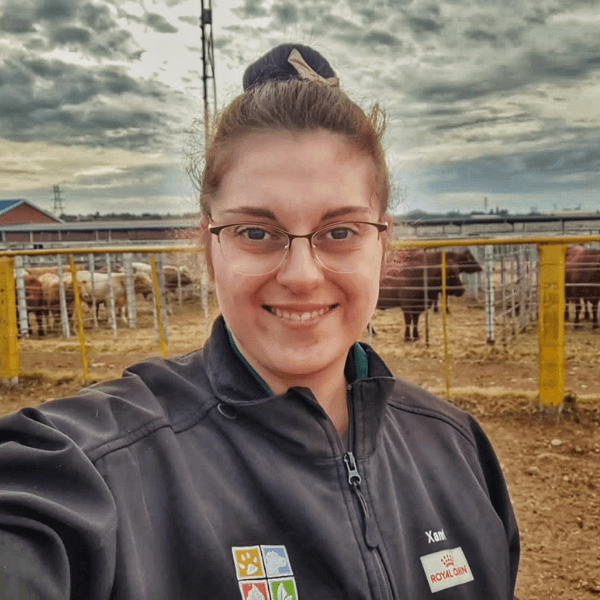
by Rina Van Eeden | Feb 14, 2023 | Feel Good Stories, Fun Facts!, Our Staff
Meet our AHT!
Xanri joined our eccentric team while studying to become an Animal Health Technician (AHT).
Originally from a farm in Kathu, she graduated from Kathu High School knowing she wanted to make an impact within her community.
What Is An Animal Health Technician?
You may have heard about Animal Health Technicians before, but what are they exactly? Animal Health Technicians, or AHTs, are para-veterinary professionals that make very important contributions to the health and well-being of both animals and people.
They take on the responsibility to promote animal health, relieve the suffering of animals and assist in the saving of animal lives.
While they primarily work with farm animals their training includes treatment of companion animals as well.
Note, Animal Health Technicians and Veterinary Nurses are not the same. The two fields have very different qualifications and their scope of work varies greatly.
Even though she’s responsible for many things here at the clinic, we believe her charm and charisma are the attributes she’s most known for.
This young go-getter officially became a qualified, registered AHT at the end of 2020, and has only flourished since then. The impact she has made in our community in this short time is tremendous!
What she loves most about her days here in Kimberley is educating farmers and clients and being with her family, doggos included!
Her advice to her 15-year-old self? Stop complicating everything and worrying about everything, take life as it is, it will all work out in the end.
When asked what animal she would choose to be, she looked dumbfounded and said, quite simply, “‘n worshond!”
“They may be small, but they have the heart of a lion, and they make my days a million times better.”
Having a menagerie of Dachshunds of her own, this was the only logical conclusion.
Her hobbies include playing with her dogs, scrap booking and fishing.
We have nothing but love for this incredible woman!
For more information on Animal Health Techs, please visit the SAVC website: https://savc.org.za/animal-health-technician/
Like this:
Like Loading...
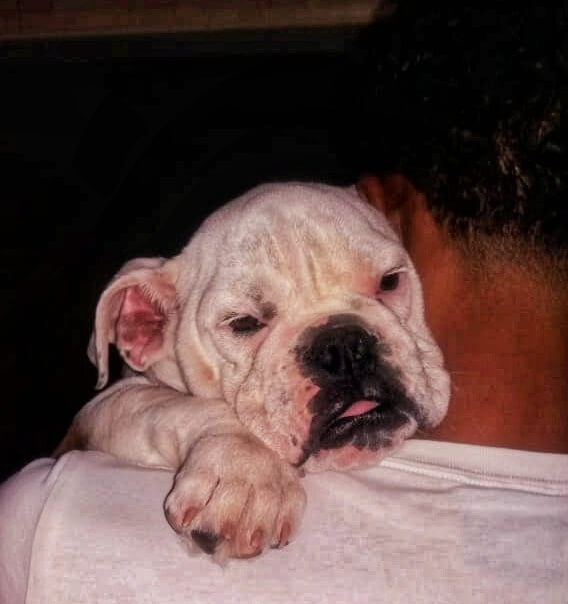
by Rina Van Eeden | Jul 18, 2022 | Dogs, Feel Good Stories, Patient of the Week, Vaccinations
This little bundle of joy is Sugar.
Baby Sugar is another survivor of one of the deadliest diseases among puppies all around the globe – Canine parvovirus.
What Is Canine Parvo Virus (CPV)?
Canine parvovirus, or Parvo, is a highly contagious viral disease in dogs. While mostly seen in puppies from the ages of 2 – 6 months that aren’t adequately vaccinated, we have seen quite a few older canines. One was as old as 11 years, that have fell victim to this awful virus, whether vaccinated or not.
Parvo causes severe diarrhoea, sometimes with blood, vomiting, severe dehydration, weakness and lethargy.
Once your pup has been infected with this virus, it takes a few days for it to make its way to where it wants to be, the fast dividing cells. This is primarily the gut and the bone marrow, but in very young puppies the virus can even affect the heart muscle!
The intestine is where parvo causes the most damage, destroying the epithelial layer of the gut and preventing new, healthy epithelia from forming. By preventing the replacement of the old and dying cells, the virus leaves the intestinal surface unable to adequately absorb nutrients, the gastrointestinal tract cannot prevent fluid loss, or prevent bacteria from moving from the gut into the body. This is why these puppies dehydrate so rapidly and acquire many secondary bacterial infections on top of the initial virus.
What Can I Do To Prevent CPV?
There is no cure for parvo. All we can do is treat the symptoms and manage any secondary infections. In hospital we rehydrate the patient, provide adequate feeding, mostly via feeding tubes and treat their severe nausea and diarrhoea.
Unfortunately, very few pups survive this ordeal unless admitted to hospital. And even then the odds aren’t always on our side.
The survival rates for in-house patients on drips and with intravenous medication is barely over 75 – 80%. If they are taken home for treatment, this number drops to well below 50%.
Preventing CPV:
The only way to properly fight this virus, is to vaccinate your pets. While vaccines may not completely prevent your dog from getting parvovirus, it does decrease the severity of clinical signs dramatically. This means that those one or two or three vaccinations you got for your pet is literally the difference between life and death.
Getting rid of parvo in the environment proves just as difficult as treating it.
This small virus is extremely hardy and can survive in your environment for months after exposure. In some cases even years. It survives through the harshest winters and thrives in the summertime. It is nearly impossible to get rid of it once it has been introduced onto your property. Parvo is transmitted via many different routes, including on clothing or shoes.
Sugar is one of the lucky ones. She was admitted to hospital for almost 2 weeks.
The standard vaccination protocol for puppies is as follows – They get their first vaccination at 6 weeks, their second at 9 weeks, their third at 12 weeks with their first rabies booster and then at 14 weeks they get their last puppy vaccination. Thereafter they need yearly boosters.
For more information on puppy vaccinations, see our blog: https://kimvet.co.za/canine-vaccinations/
The kindest thing you can do for your puppy is to protect them from harm. Vaccines save lives.
Like this:
Like Loading...
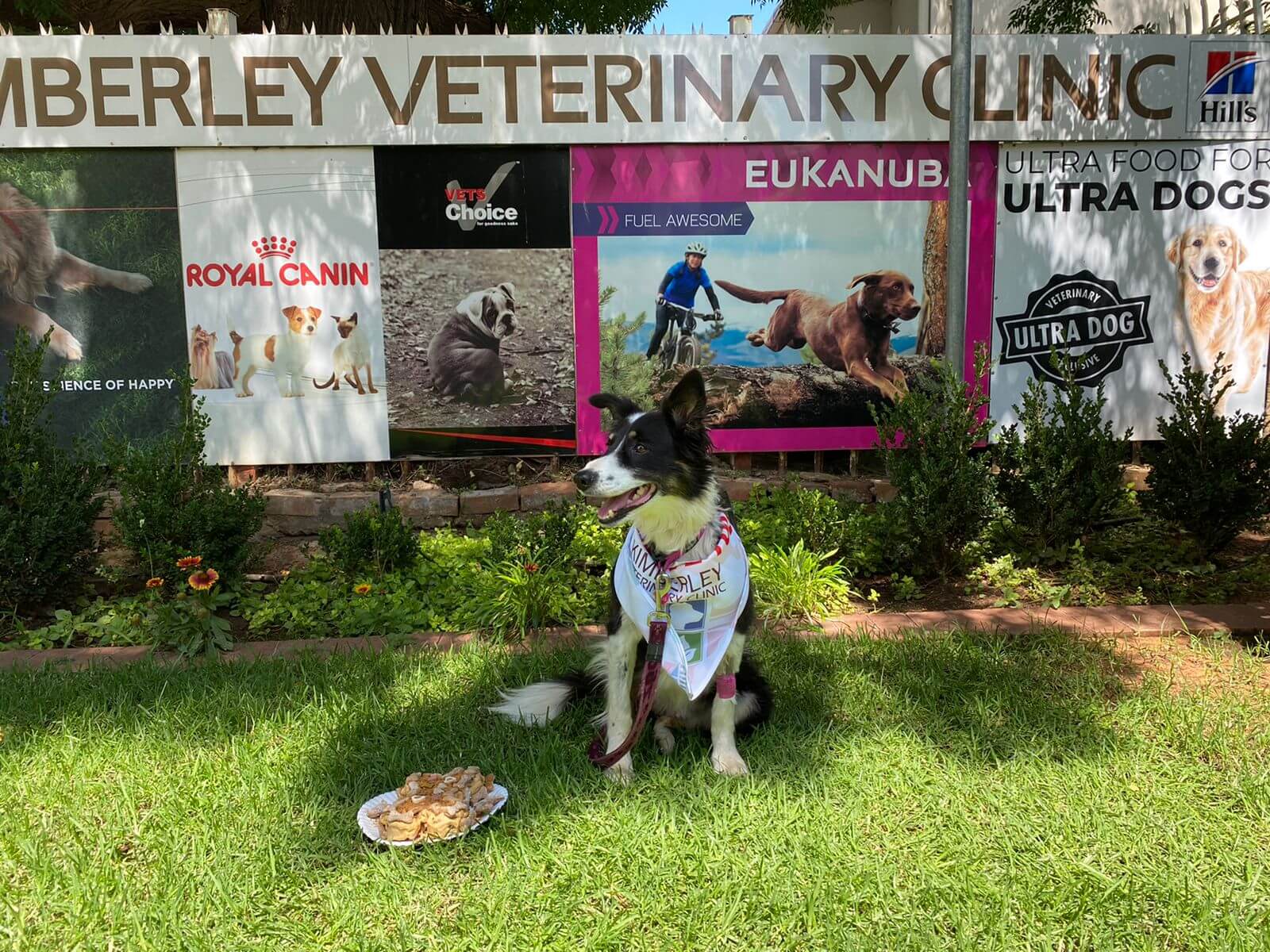
by Rina Van Eeden | Mar 2, 2022 | Dogs, Feel Good Stories
Jessie the Border collie is a scent detection dog working in the field of conservation research. Over the past 7 years, the role she played in the research of elusive and endangered species has been absolutely paramount.
Unfortunately, in August Jessie was diagnosed with Lymphoma, a rather serious cancer of the lymph nodes. About 6 months ago, Jessie started her journey to recovery and is undergoing chemotherapy at our clinic.
This was a very challenging endeavour, both for Jessie and ourselves, as this was our first real attempt at long-term chemotherapy.
What is Canine Lymphoma?
Malignant lymphoma is a common cancer in dogs. It is a deadly disease caused by the harmful growth of lymphocytes. Although lymphoma is common, the causes and origin of the disease aren’t fully understood.
Treatment of lymphoma with chemotherapy, using a combination of drugs is often successful. More than 90% of all dogs have been know to achieve complete remission.
We’re happy to say that Jessie is doing exceptionally well. Now, she will have some more time and energy to spare to continue her crucial research and conservation efforts. She’s also getting a new sister to train so that she can retire in a year or two.
What Has Jessie Accomplished?
Jessie started her career by sniffing out the scent of the Giant Bullfrog as part of a master’s degree study in Environmental Science at NWU. After this massive achievement, she started working with the Endangered Wildlife Trust in the field of conservation, focussing on the Critically Endangered Riverine Rabbit. (Including a project for the National Geographic Society, so be sure to check that out! @insidenatgeo)
In the last year, Jessie has also been involved in a study of Golden moles species on the West Coast of South Africa, funded by Re:Wild.
Unfortunately, after some time in remission, Jessie’s cancer returned and she has since passed. We miss her dearly and will never forget all the amazing things she has accomplished.
For more information about lymphoma in dogs, please visit the trusted petMD website – https://www.petmd.com/dog/conditions/cancer/c_dg_lymphoma
For more about Jessie, please check out our blog – https://kimvet.co.za/jessie-ewt-canine-lymphoma/
Like this:
Like Loading...
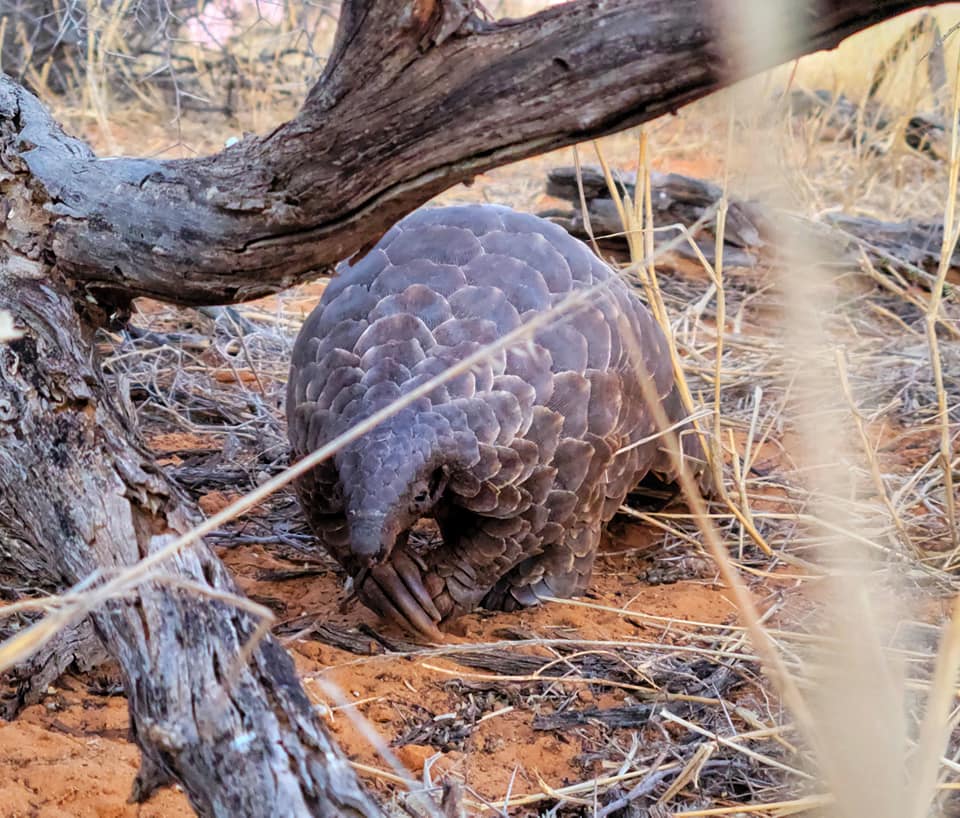
by Rina Van Eeden | Oct 21, 2021 | Exotics, Feel Good Stories
“There’s something special about it. I can’t explain it. But once you see this magical creature, you’ll know. To be able to follow her, to protect her, help her, is a feeling that cannot be described. It’s like walking on Holy ground.”
Most people you know have never seen a living pangolin. Most people don’t even know what a pangolin is. Also known as ‘the scaly anteater’, pangolins are often confused with reptiles, but is actually the only mammal entirely covered in scales.
While these creatures are elusive and not much is known about them, one thing we do know is that they are currently the most trafficked mammal in the world. More than 1 million pangolins have been poached during the last decade.
Why Are Pangolins In Danger?
After having annihilated almost all Asian species, rogues are now coming for our African pangolins. Not even their elusive nature is able protect them from poachers. When poached, they suffer the most horrific time. They starve, having been ripped from their natural habitat, are abused, shoved, haggled over and terrorised at the hands of their captors. A few lucky ones get saved, those who don’t, meet an unimaginable fate.
Their scales are used for absurd, bogus medicinal purposes that have no scientific backing. Their skin for accessories and their meat is seen as a delicacy. The irony? Their scales are made of keratin, the exact same thing our fingernails are made of!
“Everyone who comes into contact with them, everyone who works with them somehow spiritually connect to them. One stands there, spellbound, as if you could watch them forever.”
What we are concerned about right now is not just pangolins. We are facing a much greater disaster. The ecological effects would be astronomical, and, if we lose the pangolins, we lose the earth’s great gardeners.
Pangolins in South Africa Are In Trouble
It’s clear that the pangolins of Africa are in the middle of a destructive poaching storm. There is no doubt that they are in serious trouble and the signs do not point to a good outcome. They’ve been around for over 80 million years and it looks as if they could vanish in our lifetime, simply because of the greed of people. But, fortunately there are also people who inspire us and help protect these precious scaly anteaters. There are fearless individuals who aid in protecting these wonderful creatures increase our knowledge and help us save them.
Is there hope? The business of conservation must be run by optimists. You have to be optimistic, tenacious, so yes, there is hope! We are optimists.
To find out more about pangolins, please visit the EWT website – https://ewt.org.za/fs-july-2021-giving-a-voice-to-the-voiceless-the-role-of-impact-statements-in-wildlife-criminal-trials/
Like this:
Like Loading...

